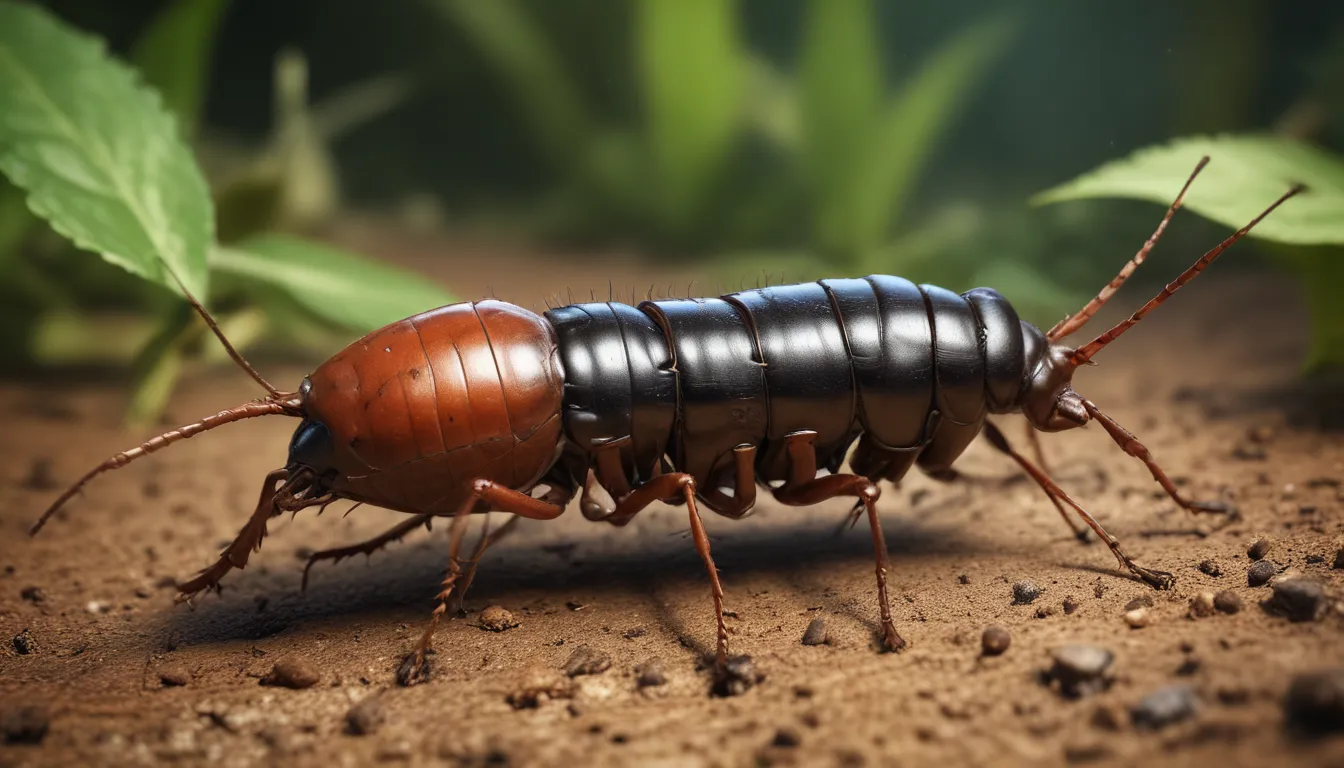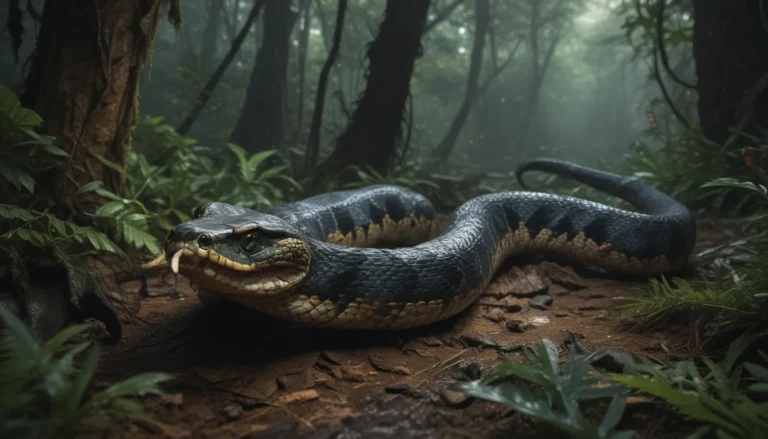The pictures we use in our articles might not show exactly what the words say. We choose these pictures to make you interested in reading more. The pictures work together with the words but don’t take their place. The words still tell you the important facts.
Are you intrigued by the mysterious world of earwigs? These nocturnal insects, known for their unique forceps, have a fascinating life cycle and behavior that may surprise you. In this comprehensive guide, we will delve into the essential facts about earwigs, from their diet to their maternal instincts, debunk common myths, and provide practical tips for controlling them. Let's embark on an educational journey to discover the intriguing world of earwigs.
Unveiling Earwig Facts
Quick Facts
- Scientific Name: Forficula auricularia
- Class: Insect
- Activity: Nocturnal (unless disturbed)
- Types: Nearly 2,000 species worldwide
- Location: Found globally
- Habitat: Prefers grass and woods
- Lifespan: 1 to 3 years
- Impact: Do not spread diseases
- Predators: Frogs, toads, beetles, and birds
- Conservation Status: Least Concern
Essential Facts
- Diet: Earwigs are omnivores, consuming both plant matter and insects.
- Anatomy: Equipped with strong forceps for catching prey and defense.
- Lifecycle: Rapid development from egg to adult in just twenty days.
- Parenting: Female earwigs display maternal care for their offspring.
- Hibernation: Seek shelter in homes during winter months.
Interesting Facts
- Earwig Control: Simple steps can help manage earwig populations in your home.
- Harmless to Humans: Despite their appearance, earwigs pose no threat to people.
- Bites: Non-infectious and generally minor, with simple treatment.
- Hitchhikers: Earwigs can spread by hitching rides on various objects.
- Origins of Name: Based on a myth involving earwigs crawling into ears.
Delving Deeper into Earwig Ecology
Earwigs’ Dietary Habits
Earwigs are opportunistic feeders, consuming plant matter like leaves and fruit, as well as insects, whether alive or dead. Their ability to chew enables them to tackle tough foods, making them valuable in maintaining ecological balance.
Unveiling the Earwig’s Anatomy
These insects, ranging in size from half an inch to three inches, possess unique forceps or cerci on their abdomen. These pincers are used for capturing prey and self-defense, showcasing the diverse adaptations found in the insect world.
The Rapid Lifecycle of Earwigs
From egg to adult in a mere twenty days, earwigs undergo rapid development, showcasing their efficient reproductive cycle. Female earwigs exhibit maternal care, protecting and nurturing their offspring until they can fend for themselves.
Maternal Instincts of Female Earwigs
Surprisingly, female earwigs display maternal behavior rarely seen in the insect world. These devoted mothers stay with their eggs and nymphs, ensuring their survival through multiple molting stages.
Winter Habits of Earwigs
During colder months, earwigs seek refuge in dark, moist environments, including homes. By sealing cracks and removing excess vegetation, you can prevent these insects from making themselves at home indoors.
Mythbusting Earwig Misconceptions
Harmlessness to Humans
Contrary to popular beliefs, earwigs are harmless to humans, posing no significant health risks. Their main impact lies in potential damage to crops and plants, rather than human health.
Addressing Earwig Bites
While earwig bites can occur, they are generally minor and non-infectious. Simple hygiene practices such as washing the affected area with soap can alleviate any discomfort caused by these defensive reactions.
Hitchhiking Abilities of Earwigs
Earwigs exhibit impressive hitchhiking skills, spreading through various means, from luggage to fresh produce. By checking your belongings, you can prevent unwittingly transporting these insects to new locations.
Origins of the Earwig’s Name
The mythological origins of the earwig's name stem from a European folklore involving these insects crawling into ears. While this myth has been debunked, earwigs' preference for warm, narrow spaces can lead to encounters with humans.
Conclusion: Embracing the Intriguing World of Earwigs
Through unraveling the multifaceted world of earwigs, we have gained insights into their dietary habits, lifecycle, and behavior. By dispelling common myths and offering practical tips for control, we can coexist harmoniously with these fascinating insects. As we continue to explore the wonders of nature, let us appreciate the diversity and complexity of the insect kingdom, including the enigmatic earwig.
As we journey through the world of earwigs, let's embrace the knowledge and appreciation for these remarkable insects. By understanding their biology and behavior, we can foster a deeper connection with the natural world around us. Join us in exploring more intriguing facts and myths about earwigs, and embark on a journey of discovery and wonder. Let's celebrate the fascinating world of earwigs together!






